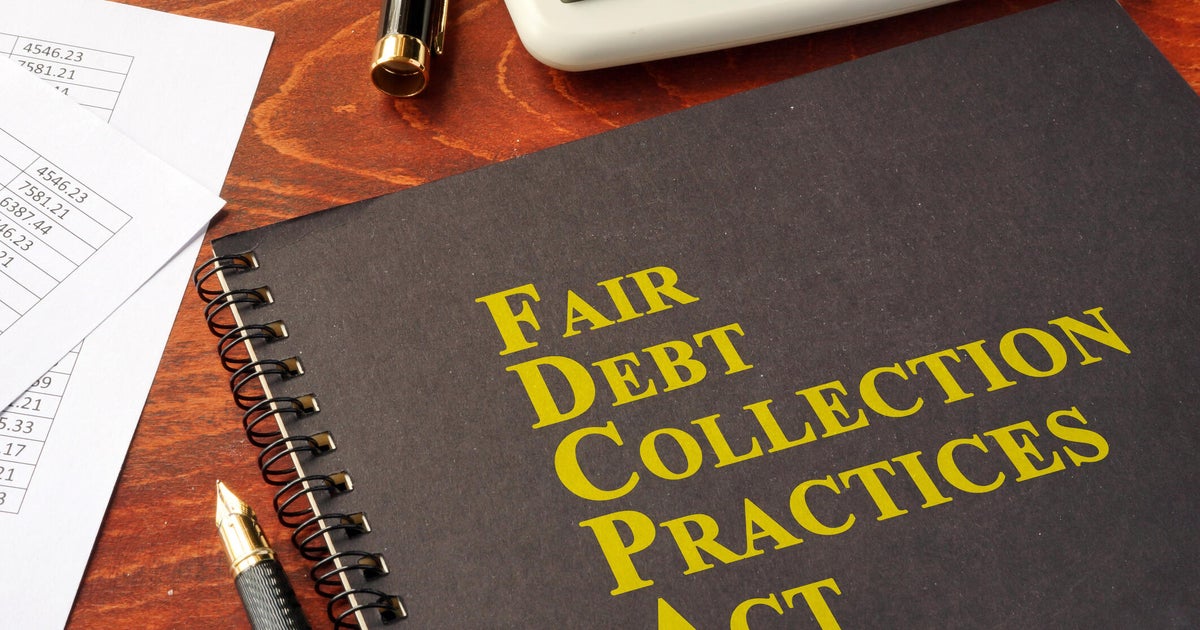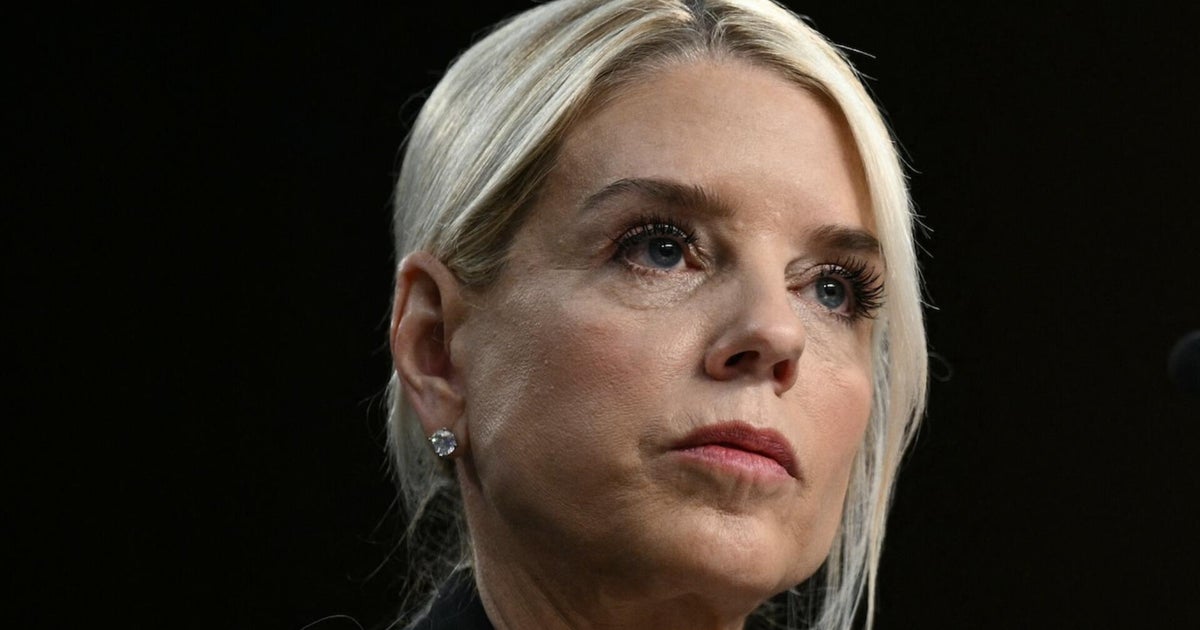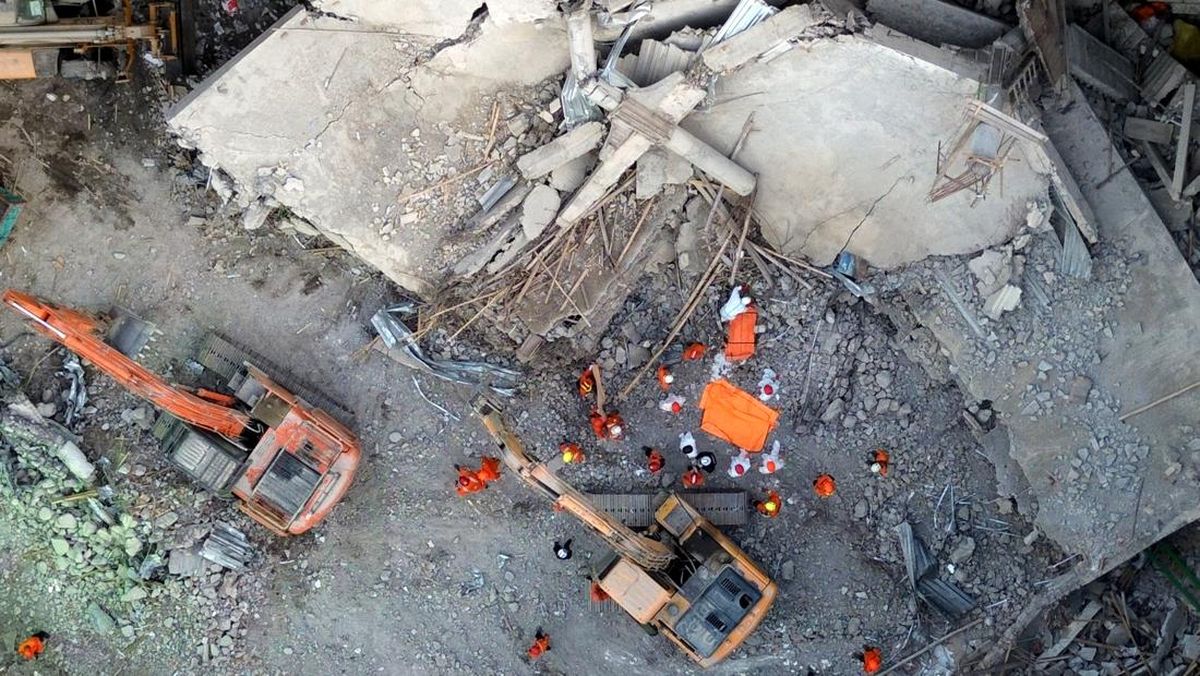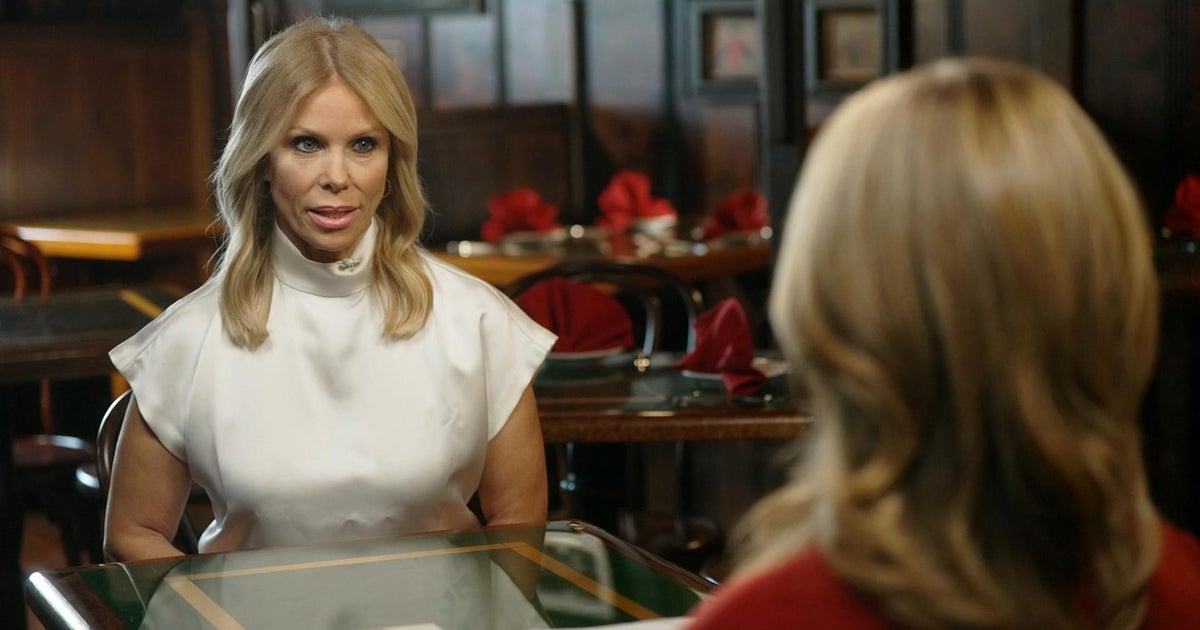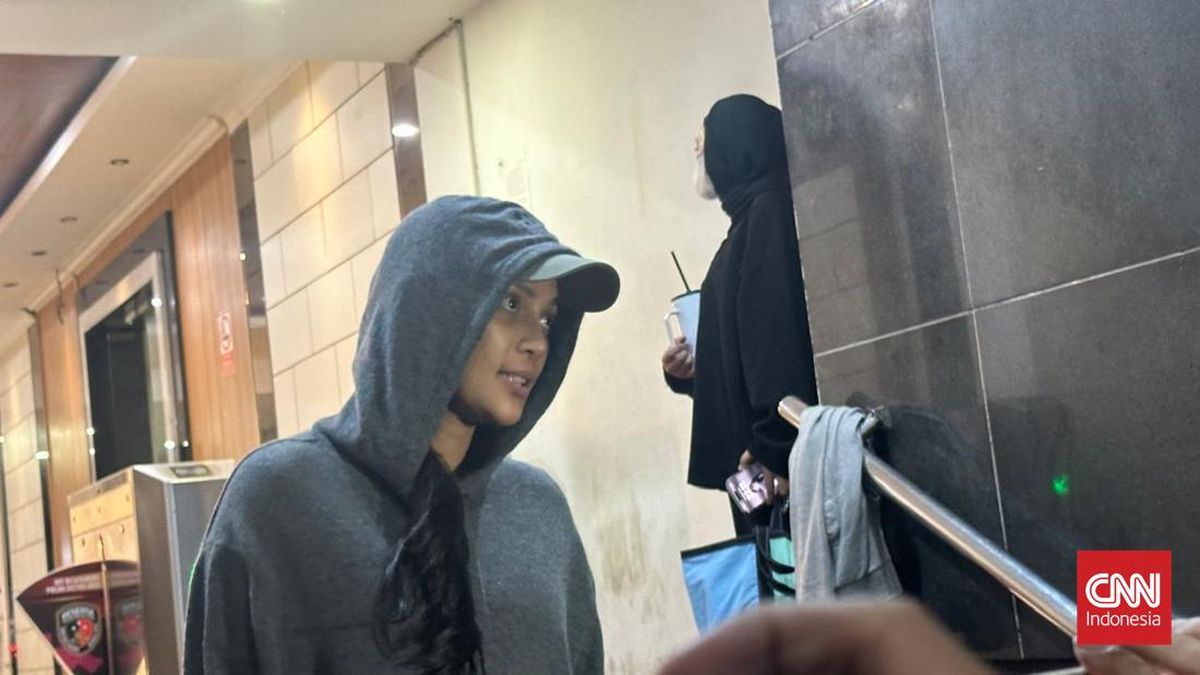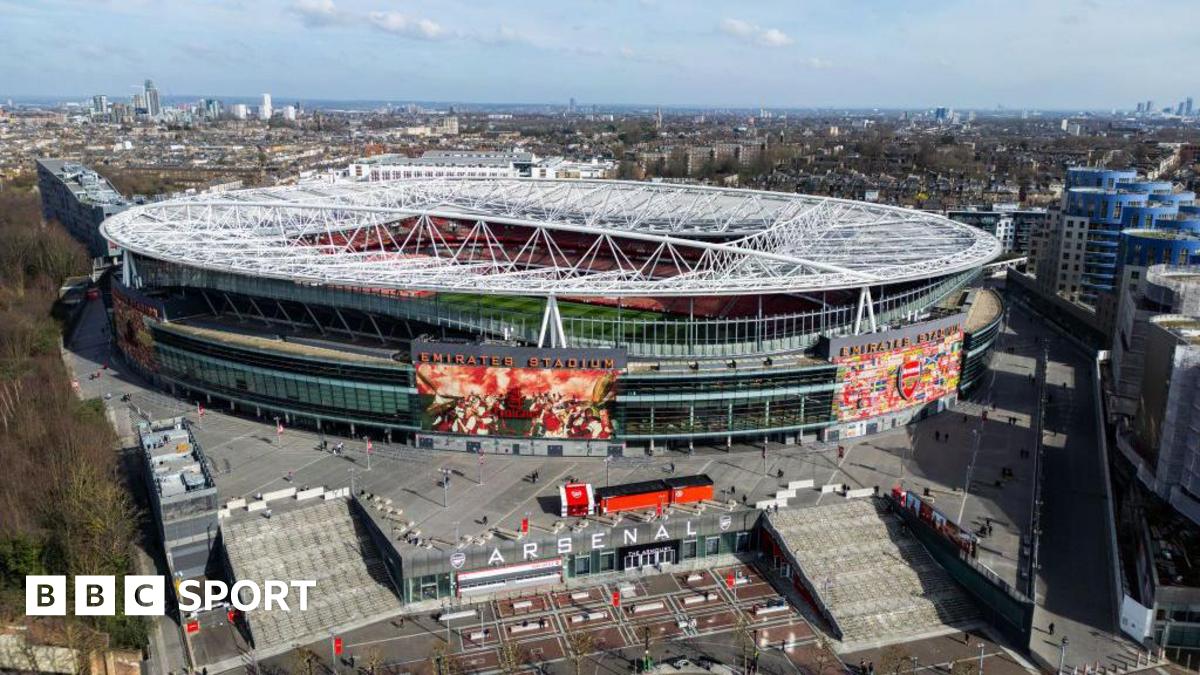RIP centre bounce, which died suddenly on Wednesday. Only footy purists will mourn you
By removing the centre bounce from the apex of footy, the AFL has prioritised umpires over certain types of ruck and also removed one of the game’s unique, quaint traditions.
It is a reform that has been mooted for decades, and which finally happened once Greg Swann took over as head of football at the AFL and pushed through a change that no longer animated football people to the point that they would man the barricades against it.

Umpire Andrew Stephens bounces the ball during last week’s grand final between the Brisbane Lions and Geelong. The league has canned the bounce from 2026.Credit: AFL Photos
Scrapping the bounce can be likened to replacing the monarchy with a republic, in that those who’ve pushed for the change argue that it is a minimal one that we will barely notice.
The clear winners are the umpiring fraternity and sisterhood, who will be judged purely on the content of their decision-making rather than the quality of their bouncing.
They will be assessed on whether they have too many balls-ups, not their ball-ups.
Which kinds of ruckmen will be advantaged by the move to ball-ups only?
This still depends on how the AFL modifies the ruck rules. Under Swann’s direction, the AFL is looking to cut down on the wrestling that has been prevalent since they allowed rucks to cross the line and grapple – a system that has helped the powerful grapplers, such as Hawthorn’s Lloyd Meek and North’s Tristan Xerri, and hurt the leapers.
Given the extraordinary contract they’re handing him, St Kilda would want their prized recruit Tom De Koning to be adept at the new ruck landscape of no bounces and the (expected) crackdown on wrestling. On what we’ve seen, TDK should be fine.
Loading
The bounce’s supporters fall into two major camps – those who like the aesthetics of seeing the Sherrin descend and then rise, before the big men take flight (or walk over to apply a half-Nelson), and a number of old ruck artists, who feel that the bounce requires a higher degree of skill and cunning than ball-ups.
One of the reasons the bounce survived to this point was that the previous AFL chairman, Mike Fitzpatrick – a three-time premiership ruckman for Carlton – was strong in his view that it be retained.
Perhaps the most distinguished opponent that Fitzpatrick confronted, Essendon great Simon Madden, reckons that the scrapping of the bounce will favour the taller rucks over the leapers, and diminish ruck craft.
Madden used to leap off his right leg, and palm with his opposite (left) hand. The Essendon champion says he would leap early, lever himself off his opponent and fend them off with his right arm, in a method that Geelong ruckman Sam Newman, who was relatively short, taught him (which Newman had learned from his mentor, Graham “Polly” Farmer).
“There’s going to be less ruckwork and more of a basketball tip-off,” said Madden. “And that’s to the detriment of the game.”
Madden, though, still wasn’t violently in favour of the bounce versus ball-ups and believed the new centre ball-up would be better if the AFL: a) reduced the size of the centre circle, and b) let players cross the line.

Simon Madden is widely considered as one of the best few ruckmen ever.Credit: Eddie Jim
He noted that they had made changes to stop the players running and jumping from too far back, to avert the plague of posterior cruciate ligament injuries.
This time, the key consideration was the health of umpiring – especially in the pathways. Swann argued that umpires shouldn’t be discouraged or weeded out because of a less critical skill.
Loading
RIP, the bounce, which died suddenly on Wednesday, and which will be mourned only by purists.
The removal of it is another instance of the AFL removing quirks and randomness from the officiating of the game at the peak level, as technology changes not just what officials can see, but viewers at the ground and home.
Keep up to date with the best AFL coverage in the country. Sign up for the Real Footy newsletter.
Most Viewed in Sport
Loading



